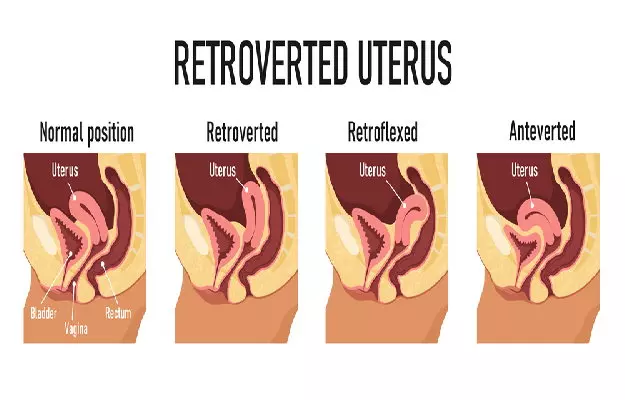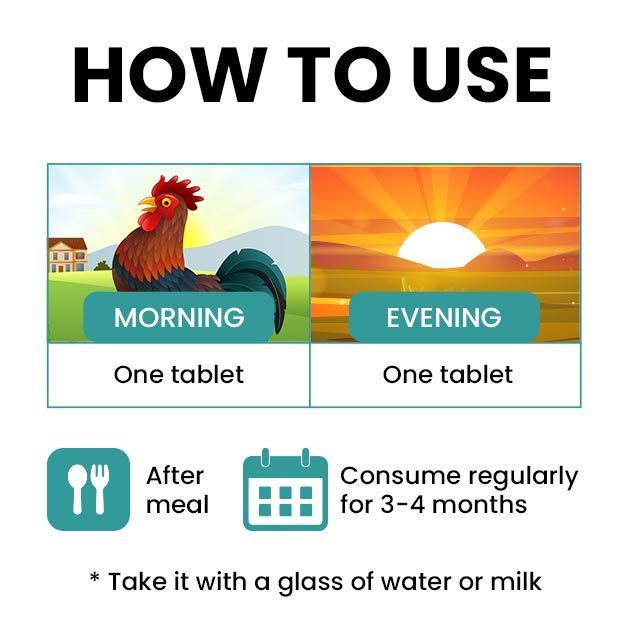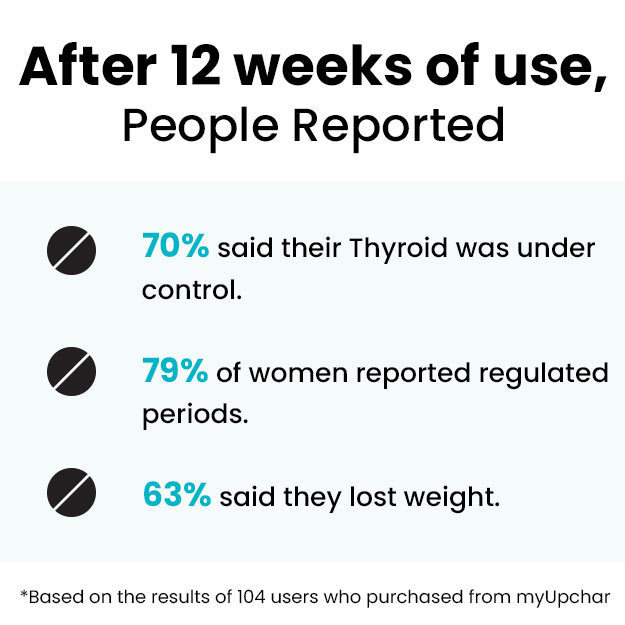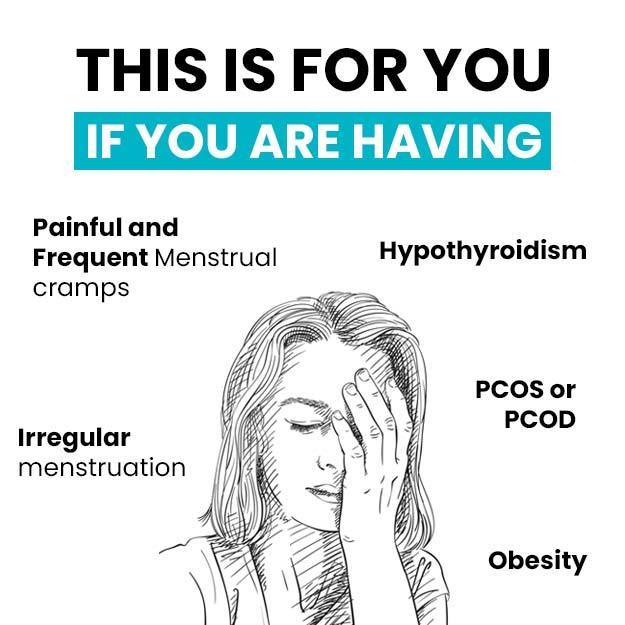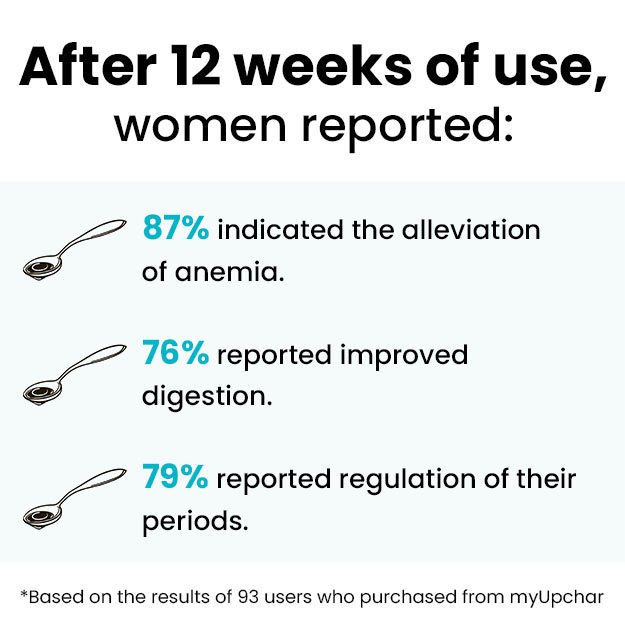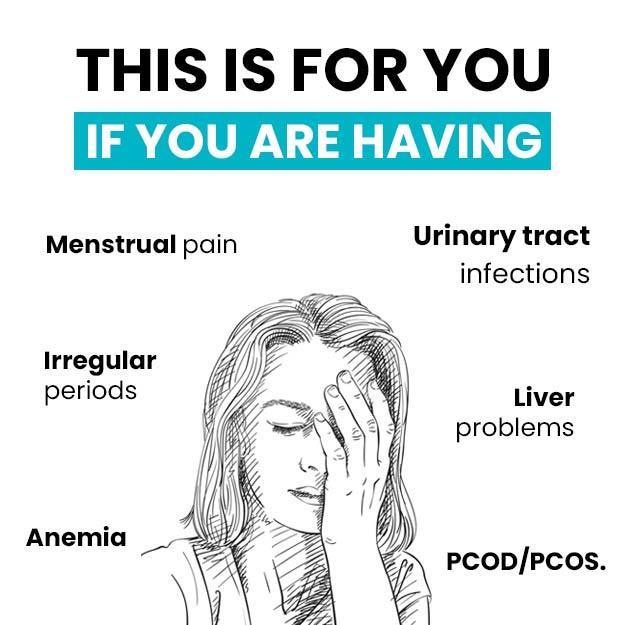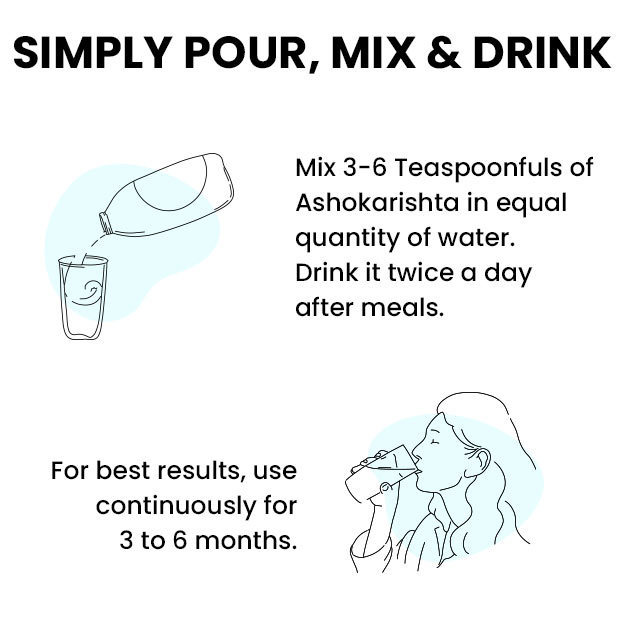A retroverted uterus means the uterus is tilted backward, so it moves toward your spine instead of forward toward your stomach. The uterus is the organ where the baby grows during pregnancy. It is shaped like an inverted pear and is located in the pelvis between the bladder and rectum. A retroverted uterus is also called a tilted uterus. Women may be born with a retroverted uterus or it may develop later. Some women never know that they have a tilted uterus because it causes no symptoms.
Retroverted uterus is quite common. About 25% of women have a retroverted uterus. It does not usually affect fertility, pregnancy, or sex. If you still have any symptoms, your doctor may recommend exercise or surgery.
(Read more:Female Hypogonadism: symptoms, causes, treatment)


